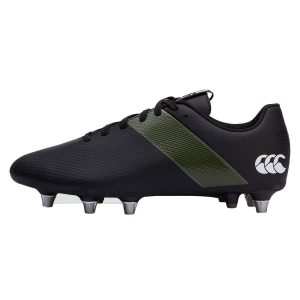Share This Article
Firm ground rugby boots (also known as FG rugby boots) are specifically designed for use on firmer surfaces, such as AstroTurf or hard, dry playing fields, and are therefore more expensive. They are typically equipped with shorter, moulded studs that provide the most grip and stability possible.
What studs are best for rugby?
Shorter studs, a 6-stud outsole, and/or a combination of plastic moulded studs are all advantageous for players during these transitional phases. Because they provide additional stability on firmer ground, molded studs are more commonly used on these types of surfaces than unmolded studs. A boot’s stud count can vary between 10 and 14 depending on the surface conditions.
Are all rugby studs the same?
Most commonly seen are the 8-stitch pattern and the 6-stitch pattern, both of which are worn with high-heeled shoes. While scrummaging and mauling, the 8 stud is most commonly worn by tight forwards (props, hookers, and locks) in rugby union to provide them with extra grip while scrummaging and mauling. Because it allows them to move more quickly and with greater agility around the field, running backs prefer to wear six studs.
Can you have metal studs in rugby?
In accordance with IRB Regulation (12), all studs must be made of steel or titanium, and nylon studs will not be permitted. All studs are to be made of aluminum, with the exception of one (metal). Boots with a single toe stud will not be allowed on the field. Moulded rubber studs are permitted as long as there are no sharp edges on the rubber studs themselves.
The materials used in rugby boots are very similar to the materials used in football boots, which means that they are interchangeable. Rugby boots are typically made of leather, but they can also be made of synthetic materials or a combination of synthetic and leather materials. We hope this article was useful and you found the answers to your questions. To find the most suitable rugby boots just visit the Golfbase website.

